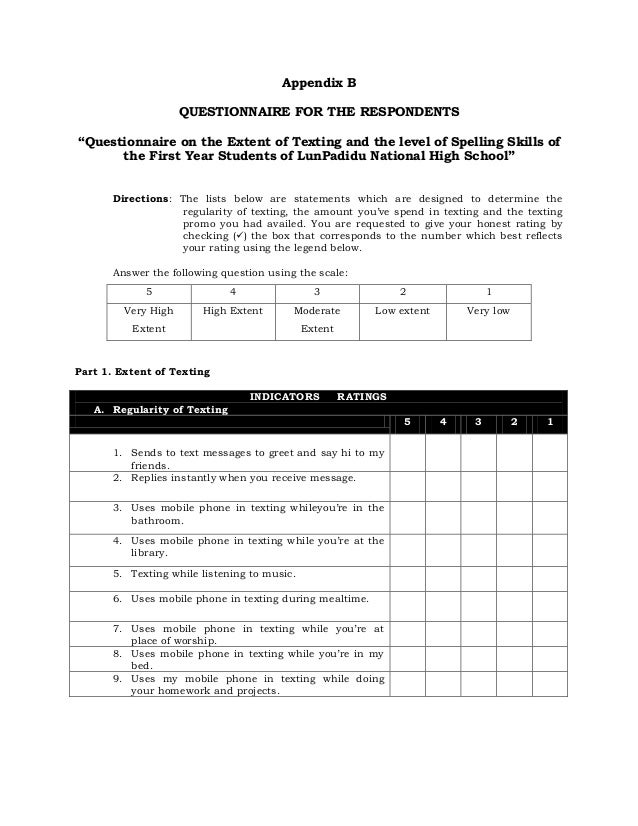

The Likert scale is a reliable tool for measuring such difficult-to-measure items as how important something is to a person, their likelihood of taking an action, or the relevance of something to them. These are examples of Likert scale surveys attempting to measure agreement, value, and frequency. “How often do you travel by plane for business?” The most common response options would be very frequently, frequently, occasionally, rarely, very rarely, and never.“How important is it to you that your physician graduated from an Ivy League medical school?” The responses might be very important, important, somewhat important, not very important, and not important at all.“I prefer to shop online rather than in stores.” The answer options might include strongly agree, agree, neither agree nor disagree, disagree, and strongly disagree.Here are some examples of Likert scale survey topics and questions: The best results often require multiple statements - if the respondent is willing to take the time to answer. Likert scale surveys often don’t actually pose scenarios in the form of questions but instead use statements to determine the degree to which a respondent agrees or disagrees. The sort of question best suited for a Likert scale might instead ask, “How likely are you to take a vacation at least 500 miles from home in the next year?” With such a question, the options for answers might be For instance, the question, “Have you traveled more than 500 miles from your home on vacation?” wouldn’t be good for a Likert scale survey since the person either has or hasn’t. These typically aren’t yes or no questions. The goal of Likert scale survey questions is to measure the strength of a person’s opinion about or attitude toward something, or their likelihood to do something.

It’s one of the most common survey tools used today because of its effectiveness in measuring not just a person’s attitude but the intensity of that attitude. The Likert scale has become an essential research tool for measuring attitudes, opinions, and likelihood in the decades since Professor Likert first proposed its use for research. Likert scales can have more or fewer answer options, depending on the goal of the survey. Odd-numbered Likert scales allow a middle option that’s neutral. It typically gives four, five, or seven options for responses that range from polar opposites - such as complete agreement to complete disagreement or complete satisfaction to complete dissatisfaction - with more moderate options in between. Learn how to make a survey with our complete guide or get started today with Jotform’s free online survey maker! What is a Likert scale?Ī Likert scale is a psychometric scale used in surveys to gauge the opinions and attitudes of people when responding to specific questions.


 0 kommentar(er)
0 kommentar(er)
